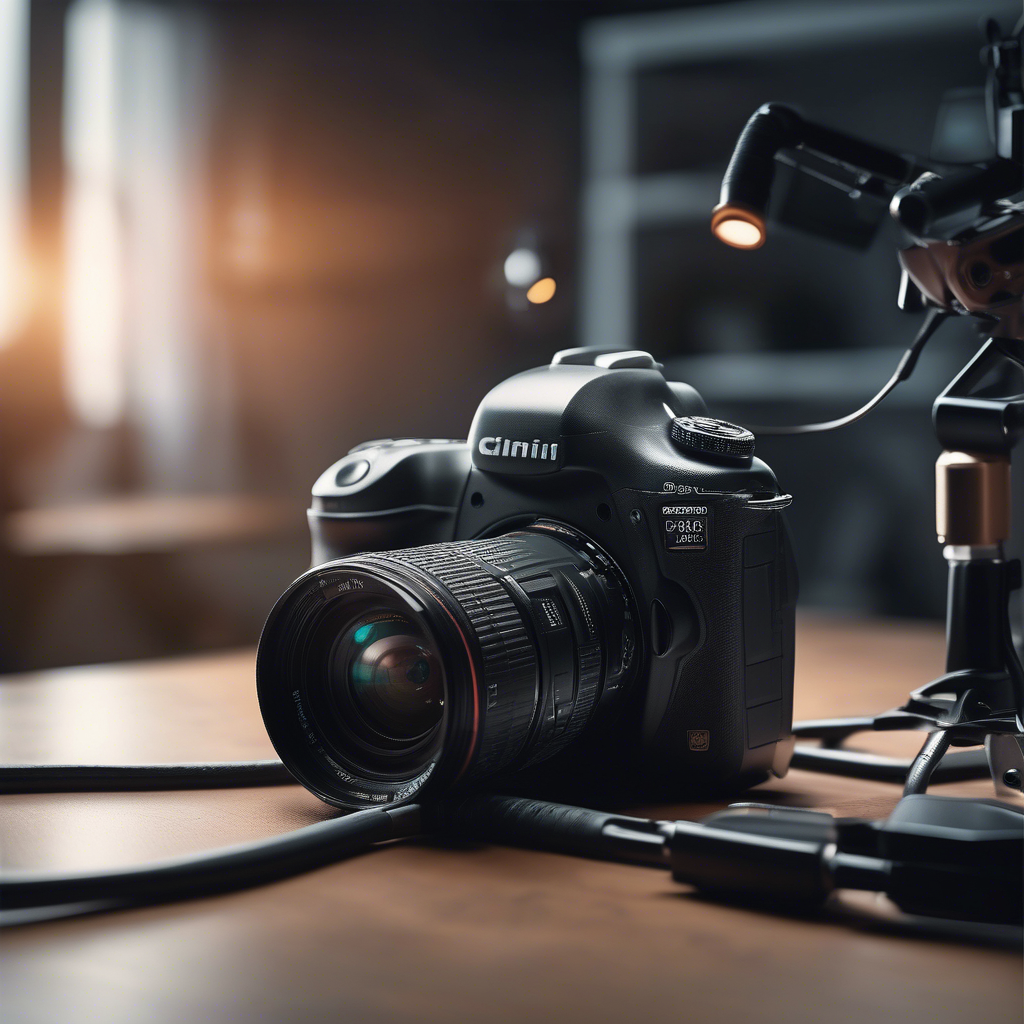How to Choose the Perfect IoT Device for Your Smart Home

As the digital age unfolds, the concept of a “smart home” has evolved from a futuristic dream into a tangible reality. With a plethora of smart home devices available, each promising to streamline daily tasks and improve quality of life, choosing the perfect IoT device can be a daunting task. Understanding how to navigate this landscape is crucial for anyone looking to enrich their living space with cutting-edge technology.
Smart home technology is not just a trend; it’s a transformation in how we interact with our living environments. From energy savings through smart thermostats to enhanced security with IoT cameras, these devices offer unprecedented convenience and efficiency. This article will guide you through the process of IoT device selection, ensuring that you make informed decisions to enhance your home automation experience.
Throughout this guide, you’ll learn how to assess your needs, evaluate device compatibility, and explore budget-friendly options, including must-have gadgets under 100 dollars. By the end, you’ll be well-equipped to select the best IoT gadgets that seamlessly integrate into your smart home ecosystem.
Understanding Your Needs and Priorities
Before diving into the world of smart home devices, it’s essential to clearly define what you want to achieve. Are you looking to enhance security, increase energy efficiency, or simply add convenience to your daily routine? Each IoT device serves a unique purpose, and understanding your primary goals will help narrow down your choices.
For instance, if home security is a priority, consider investing in smart cameras and door sensors. Products like the Wyze Cam v3, which is one of the best IoT gadgets available under 100 dollars, provide affordable yet robust security solutions. Alternatively, if energy management is your focus, a smart thermostat, such as the Google Nest, can significantly reduce energy consumption and lower utility bills.
Analyzing your lifestyle and identifying pain points can significantly streamline the IoT device selection process. Consider creating a list of must-have features and compare them against available products. This approach not only ensures that you choose devices that meet your needs but also helps avoid unnecessary expenditures.
Evaluating Device Compatibility and Integration
Seamless integration is a hallmark of an efficient smart home. Before purchasing any device, it’s crucial to consider its compatibility with your existing systems. Most smart home devices operate on platforms like Google Home, Amazon Alexa, or Apple HomeKit. Ensuring your new IoT device is compatible with these platforms is vital for smooth operation.
For example, if your home already utilizes Amazon Alexa, selecting devices that support Alexa voice control will enhance your home automation experience. The Philips Hue smart bulbs are an excellent choice, offering compatibility across multiple platforms, making them a versatile addition to any smart home setup.
Additionally, consider the connectivity options available with each device. Devices that support Wi-Fi and Bluetooth offer flexibility in placement and control. Moreover, integrating devices with IFTTT (If This Then That) can further automate tasks, linking various smart devices to perform complex sequences with minimal input.
Budget Considerations and Value for Money
Budget is often a critical factor when selecting smart home devices. Fortunately, the market offers a range of affordable options that do not compromise on quality. Identifying must-have gadgets under 100 dollars can be a great starting point for those new to smart home technology.
Products like the TP-Link Kasa Smart Plug provide excellent value, allowing users to control appliances remotely at a fraction of the cost. Similarly, the Eufy Security Solo IndoorCam is a budget-friendly option that offers advanced security features.
When considering cost, it’s also important to evaluate the long-term value of the device. Energy-saving devices, such as smart thermostats and LED bulbs, may have a higher upfront cost but can lead to significant savings over time. Evaluate each product’s total cost of ownership to make informed decisions that align with your budget and lifestyle.
Exploring Cutting-Edge Features and Innovations
The IoT industry is constantly evolving, with manufacturers introducing innovative features to enhance user experience. Staying informed about the latest advancements can help you choose devices that offer not only current benefits but also future-proof your smart home setup.
Voice control, AI integration, and machine learning are increasingly common in smart home devices. For example, the Amazon Echo devices utilize AI to learn user preferences, offering personalized interactions. Similarly, smart refrigerators are now equipped with internal cameras, allowing users to check contents remotely via smartphone apps.
To make the most of smart home technology, prioritize devices with firmware updates and robust customer support. These features ensure your devices remain secure and functional as technology evolves, protecting your investment in the long term.
For a visual guide on enhancing your smart home with IoT devices, check out our recommended video content. This complementary resource offers a step-by-step walkthrough on integrating and optimizing smart devices in your home.

Frequently Asked Questions
What are the essential smart home devices to start with?
For beginners, essential smart home devices include smart plugs, bulbs, and a voice assistant like Amazon Echo or Google Home. These devices are easy to install and provide a foundation for further home automation.
How do I ensure my IoT devices are secure?
To secure your IoT devices, regularly update their firmware, use strong, unique passwords, and enable two-factor authentication when available. Additionally, consider network security measures like firewalls and VPNs.
Can smart home devices save me money?
Yes, devices like smart thermostats and LED bulbs can reduce energy consumption, lowering utility bills. Smart water sensors can also prevent costly water damage by alerting you to leaks.
What should I consider when choosing a smart home hub?
When selecting a smart home hub, consider compatibility with existing devices, ease of use, and support for automation protocols like Zigbee or Z-Wave. Popular options include Samsung SmartThings and Hubitat Elevation.
How can I integrate smart home devices with my daily routine?
Integrate smart devices by setting routines or automation. For instance, schedule lights to turn off when you leave or use voice commands to control multiple devices simultaneously. Apps like IFTTT can help streamline these processes.
Conclusion
Choosing the perfect IoT device for your smart home requires a thoughtful approach that considers your specific needs, budget, and existing technology setup. By focusing on compatibility, value, and innovation, you can build an efficient and future-ready smart home ecosystem.
To begin your journey, start small with must-have gadgets under 100 dollars and gradually expand your setup as you become more comfortable with home automation technology. Stay informed about the latest trends to continue enhancing your smart home experience.
Ready to take the next step? Explore our recommended resources and start transforming your home into a smart haven today. Embrace the future of living with the best IoT gadgets tailored to your needs.
Further Reading
- Top Smart Home Security Systems for Enhanced Safety
- Energy-Efficient IoT Devices: Save Money and the Environment
- Integrating Voice Assistants with Your Smart Home Ecosystem




